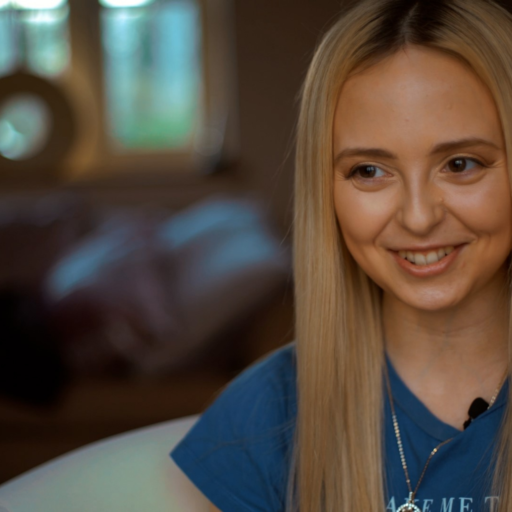Conditions
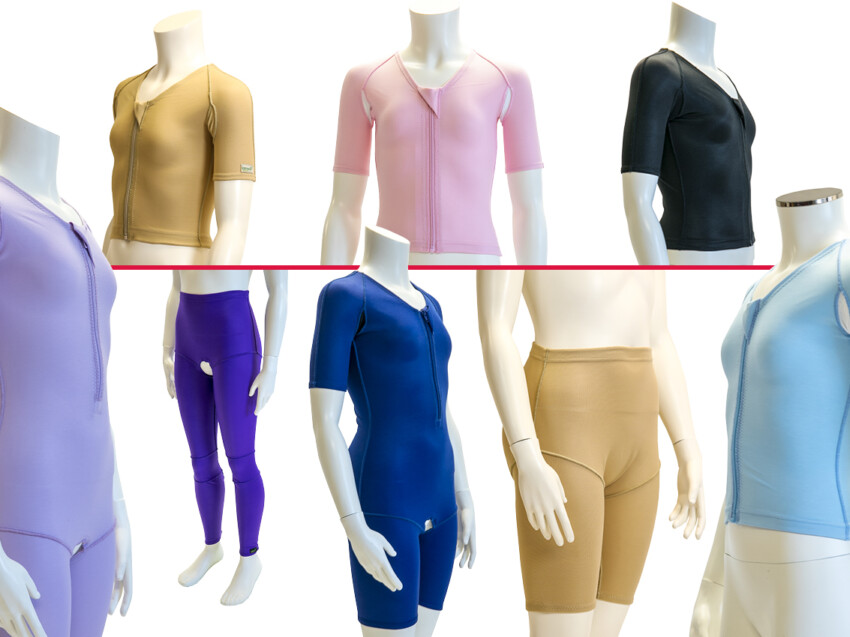

Autism, ADHD and Sensory Processing Disorders
Autism is a spectrum. This means everybody with autism is different. Some autistic people need little or no support. Others may need help from a parent or carer every day. (NHS, 2022)
Find out more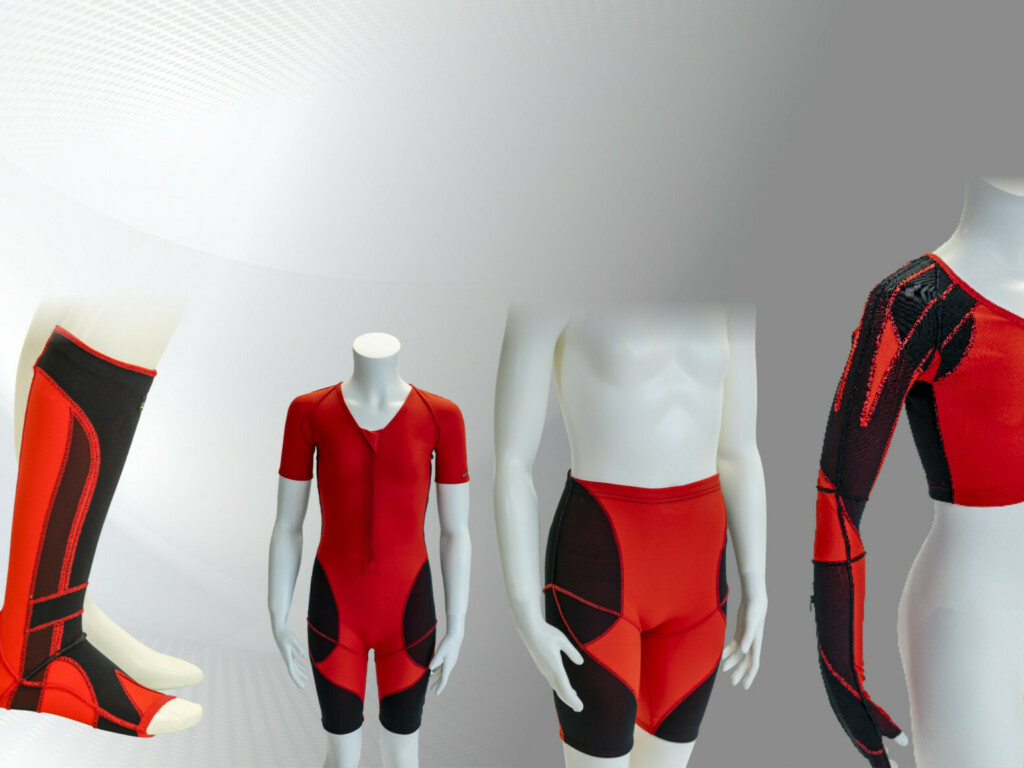

Cerebral Palsy
The NHS website defines Cerebral Palsy as “Cerebral palsy is the name for a group of lifelong conditions that affect movement and co-ordination. It's caused by a problem with the brain that develops before, during or soon after birth” (NHS, 2020). The way in which a DMO® orthosis helps manage the physical effects of Cerebral Palsy depends on the product used and the patients presentation.
Find out more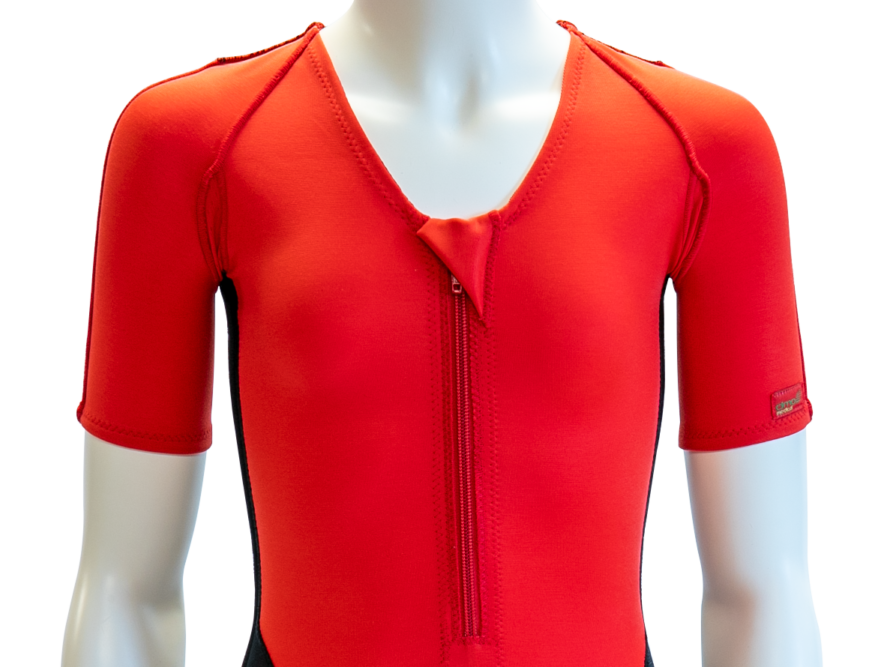

Duchenne Muscular Dystrophy
Dynamic Movement Orthoses®, DMO®s, have been seen to help manage the symptoms of Duchenne Muscular Dystrophy (DMD) by helping patients maintain their mobility whilst improving posture and alignment also by assisting to maintain posture and alignment.
Find out more

Ehlers-Danlos Syndromes
Our patented Dynamic Movement Orthoses provide compression and strategic reinforcement which result in increased postural management and proprioceptive feedback helping EDS patients manage the physical effects of their condition.
Find out more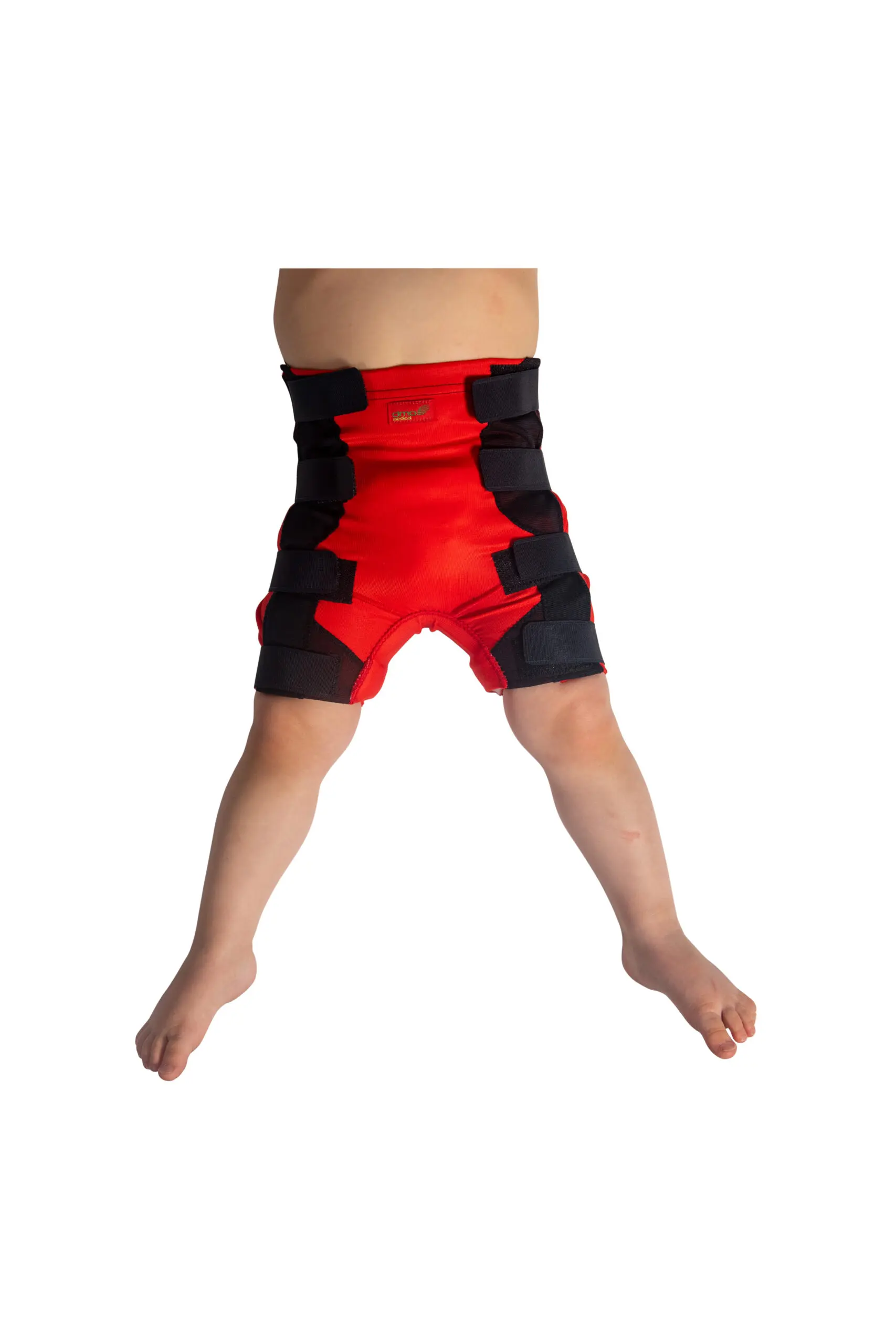

Hip Dysplasia
The NHS website definition of Hip Dysplasia or DDH as “Developmental dysplasia of the hip (DDH) is a condition where the "ball and socket" joint of the hip does not properly form in babies and young children. It's sometimes called congenital dislocation of the hip, or hip dysplasia. The hip joint attaches the thigh bone (femur) to the pelvis. The top of the femur (femoral head) is rounded, like a ball, and sits inside the cup-shaped hip socket” (NHS, 2022).
Find out more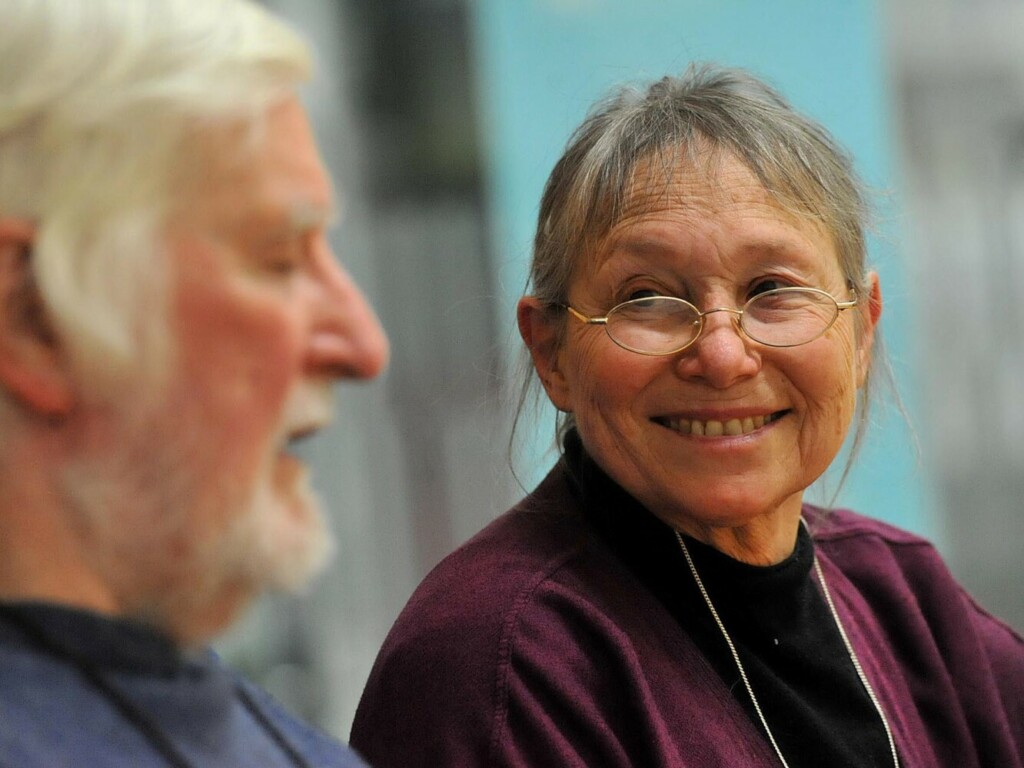

Multiple Sclerosis
Multiple Sclerosis or MS is a neurological condition that impacts the brain as well as the spinal cord and can display a wide range of symptoms (NHS, 2022). These symptoms can centre around issues with your vision, movements in your upper or lower limb as well as your balance (NHS, 2022).
Find out more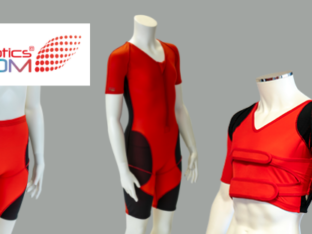

Neuromuscular disorders
There are lots of dystrophies that can be grouped under the term of neuromuscular disorders and as every patient is different we treat each patient as an individual, prescribing an orthosis to meet their needs.
Find out more

Scoliosis
Our DMO® scoliosis suits are completely customisable for the perfect fit and the exact patients needs.
Find out moreSpina Bifida
“Spina bifida is when a baby's spine and spinal cord does not develop properly in the womb, causing a gap in the spine. Spina bifida is a type of neural tube defect. The neural tube is the structure that eventually develops into the baby's brain and spinal cord. The neural tube starts to form in early pregnancy and closes about 4 weeks after conception. In spina bifida, part of the neural tube does not develop or close properly, leading to defects in the spinal cord and bones of the spine (vertebrae)” (NHS, 2020).
Find out more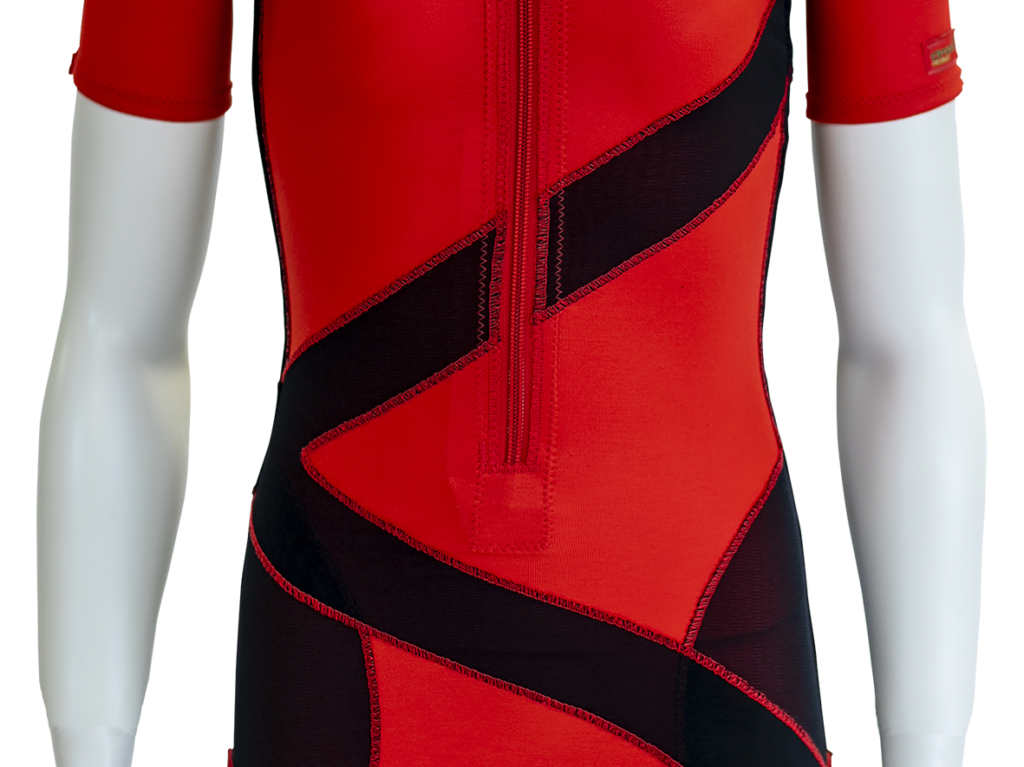

Spinal Muscular Atrophy
The NHS defines spinal muscular atrophy as “Spinal muscular atrophy (SMA) is a genetic condition that makes the muscles weaker and causes problems with movement. It's a serious condition that gets worse over time, but there are treatments to help manage the symptoms” (NHS, 2020).
Find out more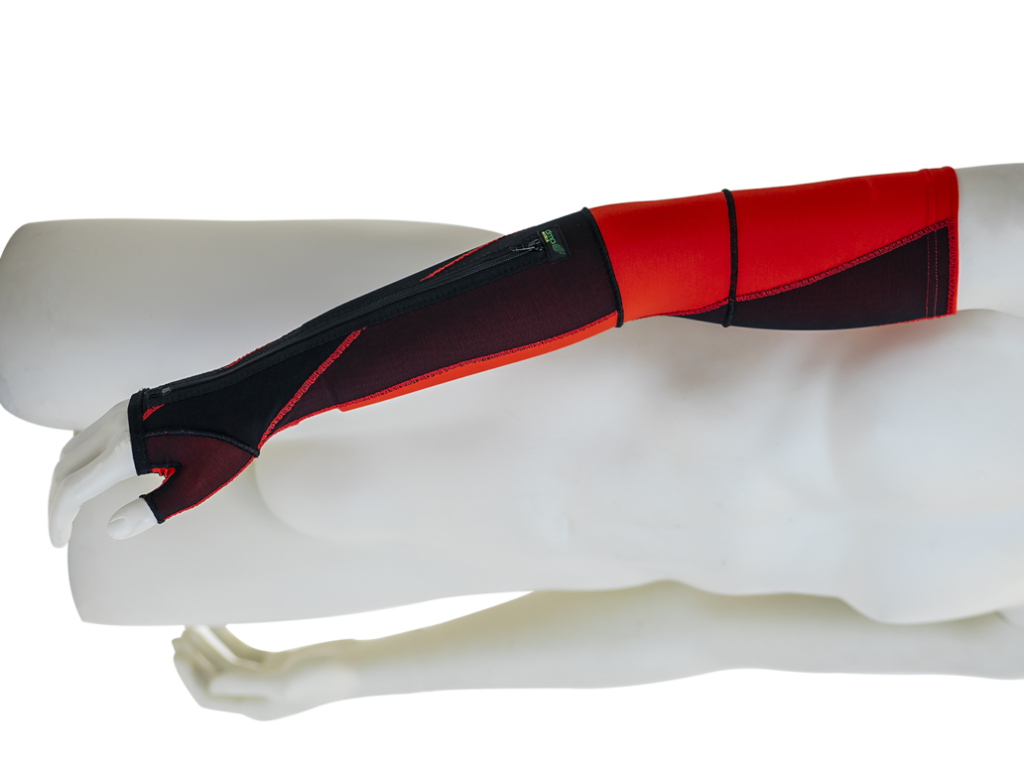

Stroke
“A stroke is a serious life-threatening medical condition that happens when the blood supply to part of the brain is cut off. Strokes are a medical emergency and urgent treatment is essential. The sooner a person receives treatment for a stroke, the less damage is likely to happen” (NHS, 2022).
Find out more
